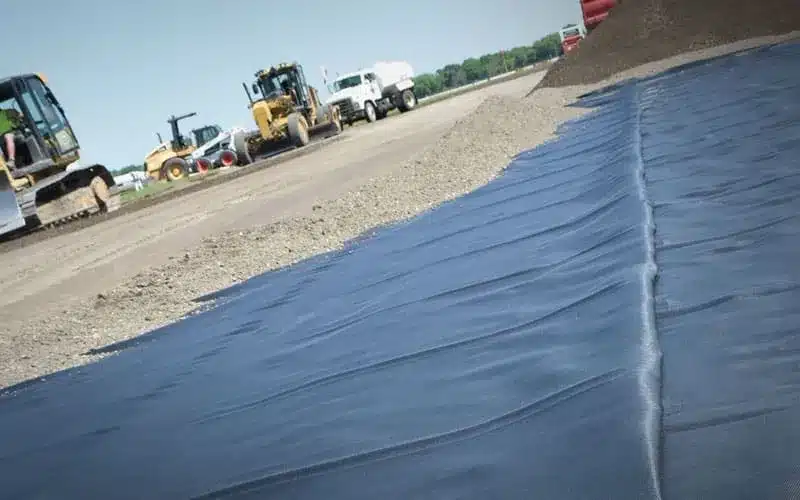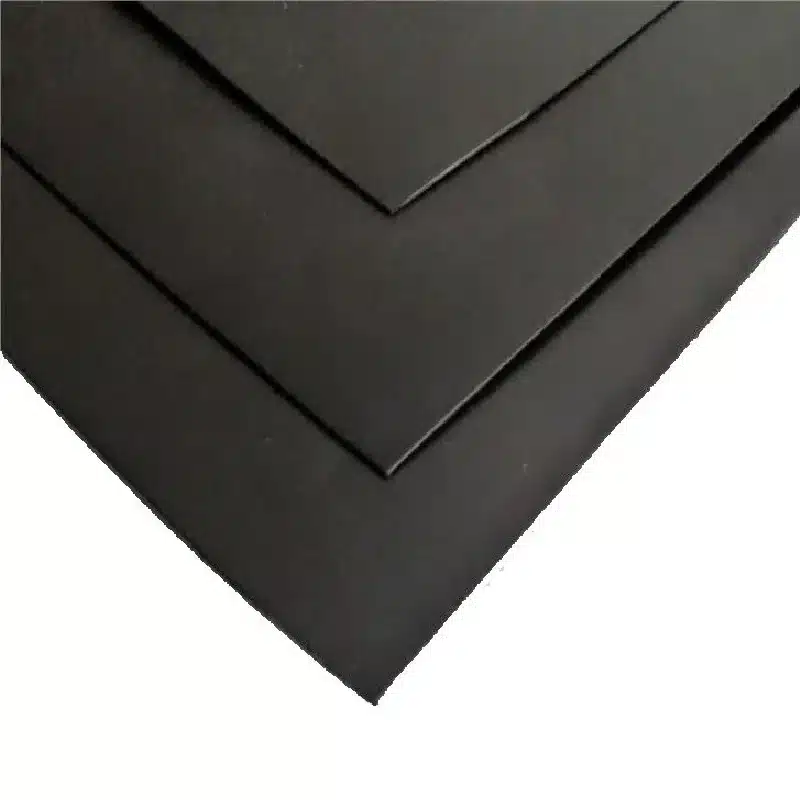+86-159 9860 6917
info@geofantex.com
geofantex@gmail.com
+86-400-8266163-44899
Geosynthetics have revolutionized the construction industry, offering cost-effective and sustainable solutions for various engineering projects. When it comes to building bridges, geosynthetic materials play a crucial role in enhancing structural integrity, durability, and environmental sustainability. In this article, we will explore the best materials to use for bridge construction, the specific requirements for utilizing geosynthetics, and answer some common questions related to building bridges with geosynthetics.

What is the best material to use to build a bridge?
Selecting the right material is vital for constructing a bridge that can withstand heavy loads, natural forces, and environmental conditions. While there are various materials available, including geosynthetics, concrete is an ideal material for bridges due to its exceptional properties. Geotextiles, geogrids, and geomembranes are some of the commonly used geosynthetic materials in bridge construction, providing specific benefits such as soil reinforcement, separation, filtration, tensile strength, stabilization, and impermeable barriers against water infiltration, safeguarding the bridge structure.
What are the construction requirements of geosynthetics?
To ensure the successful integration of geosynthetics in bridge construction, certain requirements must be met, including:
- Design considerations: Engineers must carefully analyze the site conditions, traffic loads, and environmental factors to determine the appropriate geosynthetic materials and their placement within the bridge structure. This may involve utilizing two sheets of non-woven geotextile with a layer of sodium bentonite clay sandwiched between them for enhanced soil reinforcement and filtration.
- Material selection: Choosing geosynthetics with the right properties, such as strength, permeability, durability, and compatibility with surrounding materials, is crucial for achieving the desired performance and longevity. For example, selecting geosynthetics that offer high tensile strength and excellent compatibility with the bridge structure can enhance stability and structural integrity.
- Installation techniques: Proper installation methods are vital to ensure optimal performance and long-term durability. This includes appropriate preparation of the subgrade to provide a stable foundation, careful placement of geosynthetics to ensure proper coverage and alignment, and employing adequate connection techniques to secure the geosynthetic components effectively.
- Quality control: Regular inspections, testing, and adherence to industry standards throughout the construction process are essential to maintain the quality and integrity of the geosynthetic components. These measures help identify any potential issues early on and ensure that the geosynthetics are performing as intended, such as confirming the proper sandwiching of sodium bentonite clay between two sheets of non-woven geotextile.

How can geosynthetics enhance bridge construction?
Geosynthetics offer numerous advantages in bridge construction. They improve soil stability, prevent erosion, and enhance the load-bearing capacity of the bridge. Geosynthetics also provide protection against water infiltration, chemical attacks, and environmental degradation, thereby increasing the longevity of the bridge structure. Additionally, they offer cost-effective solutions by reducing the need for extensive excavation, minimizing the use of traditional construction materials, and accelerating the construction process.
Are geosynthetics environmentally friendly?
Yes, geosynthetics are considered environmentally friendly. They minimize the impact of construction activities on the ecosystem by reducing the need for natural resources and minimizing waste generation. Geosynthetics can be manufactured from recycled materials, further reducing their environmental footprint. Moreover, their long service life and ability to improve soil stability and prevent erosion contribute to sustainable infrastructure development.
In conclusion, geosynthetics provide a viable and sustainable option for building bridges. By selecting the appropriate geosynthetic materials, following construction requirements, and leveraging their inherent advantages, engineers can construct bridges that offer enhanced durability, improved performance, and reduced environmental impact. Incorporating geosynthetics into bridge construction is a testament to the industry’s commitment to innovation, efficiency, and sustainability.



Get Free Sample
We’ll respond as soon as possible(within 12 hours)






















